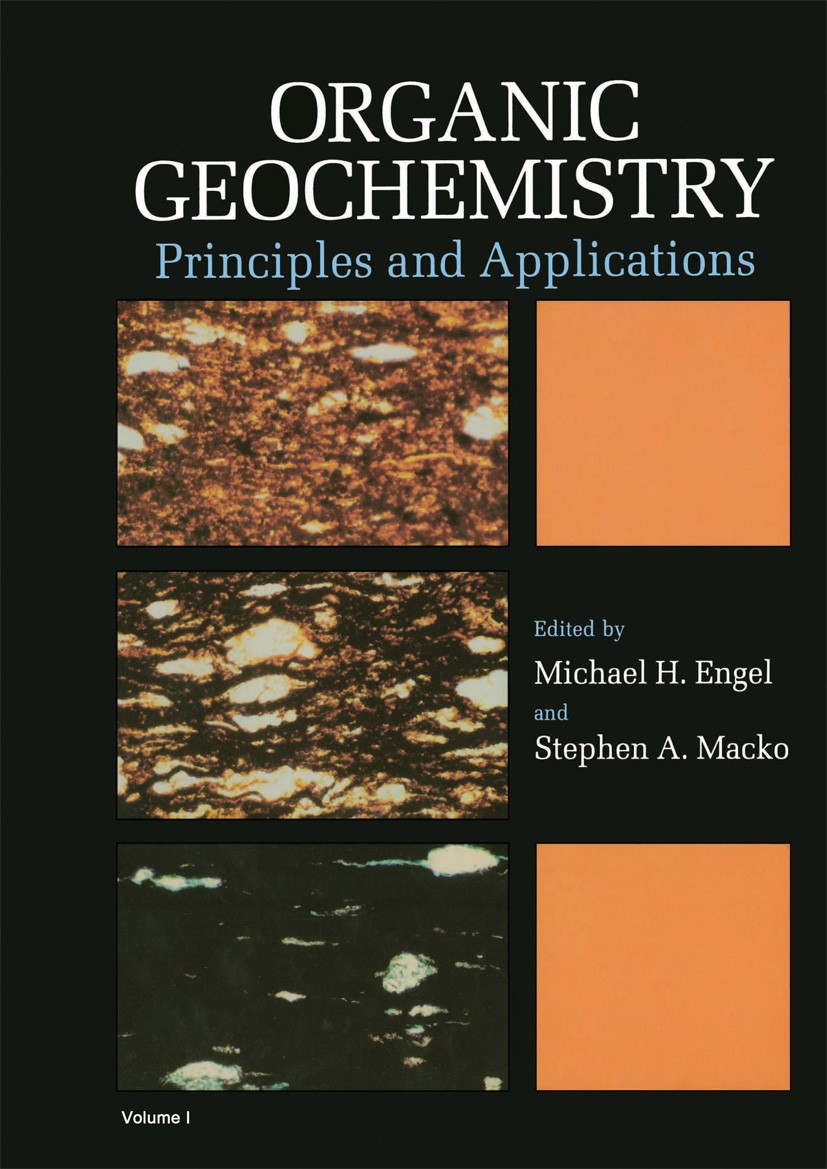多肽与固体木质素之间的相互作用表明了非生物共价键的形成机制
IF 2.6
3区 地球科学
Q2 GEOCHEMISTRY & GEOPHYSICS
引用次数: 0
摘要
土壤有机物质(SOM)的形成和相关的氮固定机制仍有部分令人难以捉摸,而正在进行的研究则继续揭示环境中的碳和氮固存问题。研究表明,SOM 的碱溶性腐殖质萃取物中的类醌结构可与蛋白质有机物中的含氮分子共价结合。然而,这种化学键与固态木质素和非溶剂萃取的 SOM 的直接分子证据还很缺乏。利用凝胶态 1H-15N 异核单量子相干(HSQC)高分辨率魔角旋转(HRMAS)核磁共振(NMR)光谱、我们证明,15N 标记的多肽(甘氨酸-甘氨酸-甘氨酸-精氨酸,GGGR)能与未经处理的棕色固体腐木以及 1,2-萘醌(降解木质素中常见的醌类分子)共价结合。这两种反应中出现的新峰值代表了 N-官能团周围环境的变化。15N 标记的肽与模型醌相互作用产生的 NMR 交叉峰与固体木质素的交叉峰相似。这表明类醌结构是最有可能与降解木质素中的肽形成共价键的官能团。当肽 GGGR 与白橡木木质素和 1,2-萘醌相互作用时,可能会形成迈克尔加成和希夫碱。这些过程对于将氮掺入 SOM 中具有相当重要的意义,并有助于深入了解如何通过共价键的形成来保存和封存蛋白质分子。本文章由计算机程序翻译,如有差异,请以英文原文为准。
Interaction between peptide and solid lignin suggest mechanisms of abiotic covalent bond formation
The mechanisms behind the formation of soil organic matter (SOM) and associated nitrogen immobilization remain partially elusive, while ongoing research continues to shed light on carbon and nitrogen sequestration in the environment. Studies show that quinone-like structures within alkali-soluble humic extracts of SOM can bond covalently with nitrogen-containing molecules derived from proteinaceous organic matter. However, direct molecular evidence for this chemical bonding with lignin in the solid form and non-solvent-extracted SOM is lacking. Using gel-state 1H-15N heteronuclear single quantum coherence (HSQC) high-resolution magic angle spinning (HRMAS) nuclear magnetic resonance (NMR) spectroscopy, we demonstrate that a 15N-labeled peptide (glycine-glycine-glycine-arginine, GGGR), can covalently bind to solid, untreated, brown rotted wood as well as 1,2-naphthoquinone, a quinone-model molecule typically found in degraded lignin. The new peaks in both reactions represent a change in the environment surrounding the N-functional groups. Interaction of the 15N-labeled peptide with the model quinone produced NMR cross peaks that are similar to those of the solid lignin. This suggests that the quinone-like structures are the most likely functional groups to form covalent bonds with peptides in the degraded lignin. Both Michael addition and Schiff base formation is proposed when the peptide GGGR interacts with white oak lignin and 1,2-naphthoquinone. These processes are of considerable importance to N incorporation into SOM and offer insights into how proteinaceous molecules could potentially be preserved and sequestered through covalent bond formation.
求助全文
通过发布文献求助,成功后即可免费获取论文全文。
去求助
来源期刊

Organic Geochemistry
地学-地球化学与地球物理
CiteScore
5.50
自引率
6.70%
发文量
100
审稿时长
61 days
期刊介绍:
Organic Geochemistry serves as the only dedicated medium for the publication of peer-reviewed research on all phases of geochemistry in which organic compounds play a major role. The Editors welcome contributions covering a wide spectrum of subjects in the geosciences broadly based on organic chemistry (including molecular and isotopic geochemistry), and involving geology, biogeochemistry, environmental geochemistry, chemical oceanography and hydrology.
The scope of the journal includes research involving petroleum (including natural gas), coal, organic matter in the aqueous environment and recent sediments, organic-rich rocks and soils and the role of organics in the geochemical cycling of the elements.
Sedimentological, paleontological and organic petrographic studies will also be considered for publication, provided that they are geochemically oriented. Papers cover the full range of research activities in organic geochemistry, and include comprehensive review articles, technical communications, discussion/reply correspondence and short technical notes. Peer-reviews organised through three Chief Editors and a staff of Associate Editors, are conducted by well known, respected scientists from academia, government and industry. The journal also publishes reviews of books, announcements of important conferences and meetings and other matters of direct interest to the organic geochemical community.
 求助内容:
求助内容: 应助结果提醒方式:
应助结果提醒方式:


